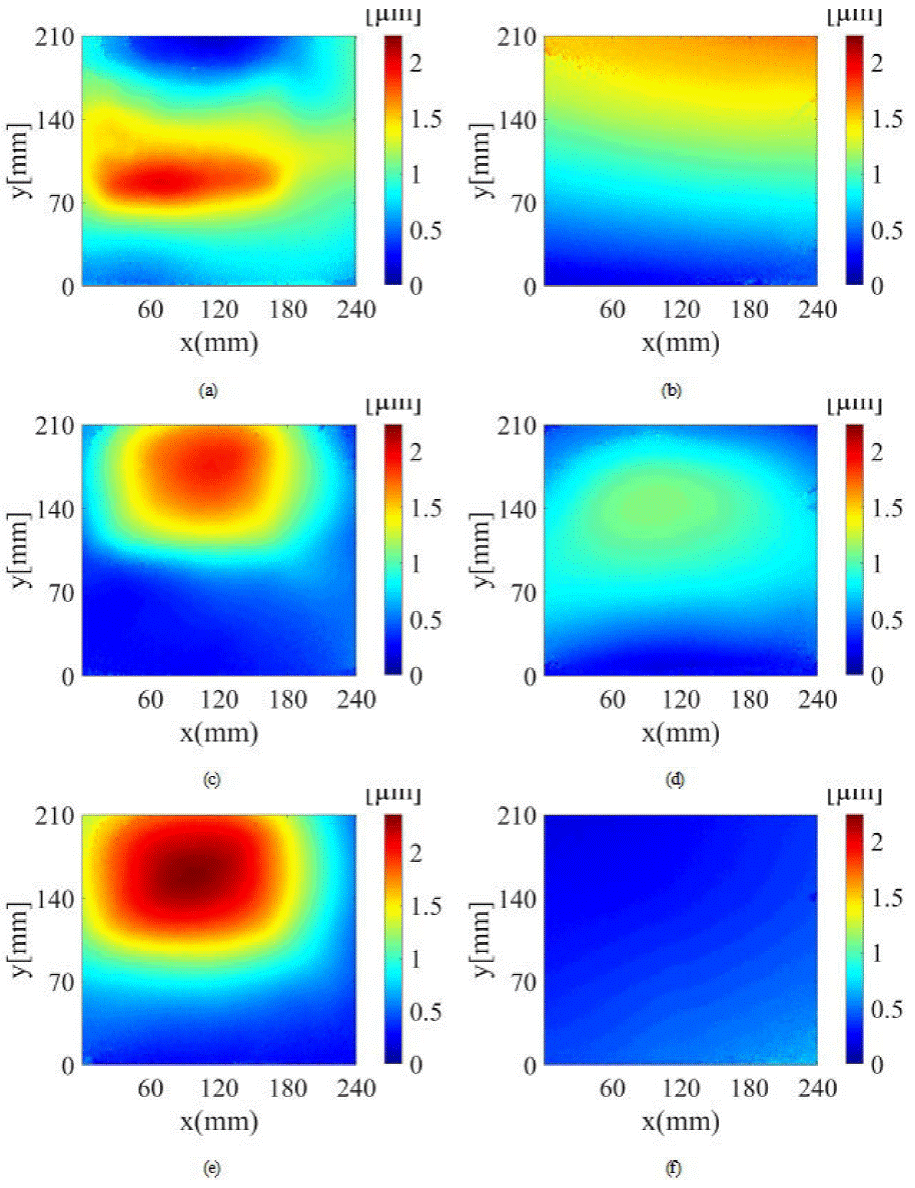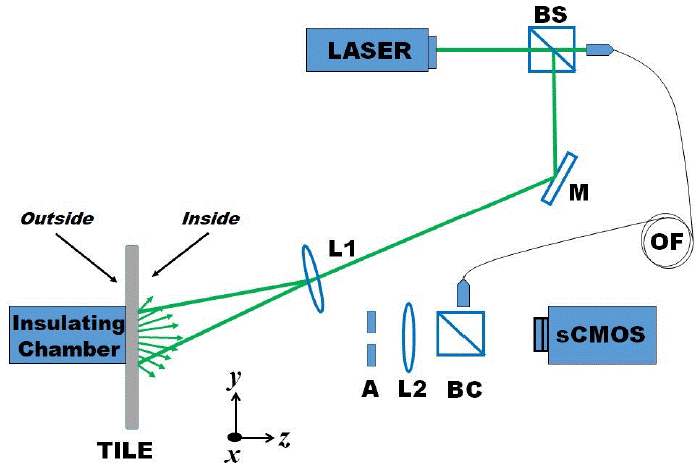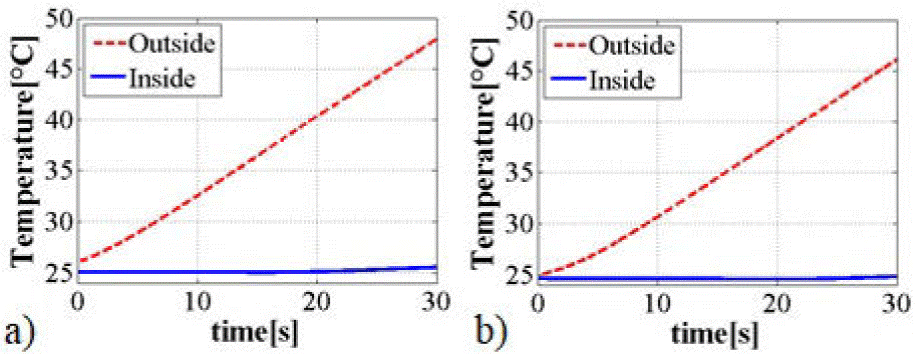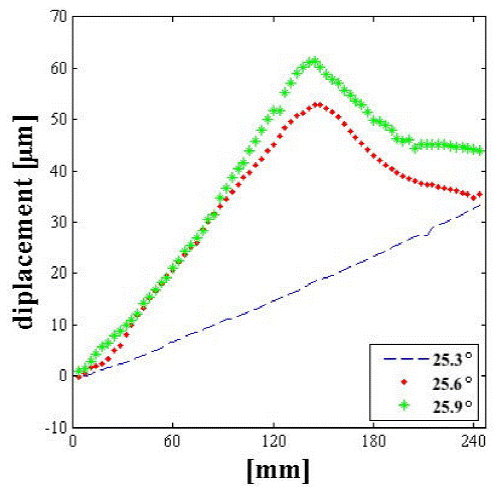1. Introduction
The world's population is continuously growing, and currently, each human being adds a significant amount of waste to the planet during his lifetime [1]. Indeed, the culture of recycling is of the utmost importance: a process that involves not only recycling the existing products, but also designing and producing new products through the recycling process. In general, a recycled product could be transformed into a raw material repeatedly, e.g., glass, metals, paper, and plastics [2]. Some other recycled products are transformed into new products such as the tetrapakTM containers, which are widely used in the food industry due to their preserving advantages (especially for beverages/liquids). They are made of paperboard (75%), polyethylene (20%), and aluminum (5%), which gives them some important features: the aluminum avoids light and oxygen penetration inside the container; the polyethylene provides a biological sealing and the paperboard gives structure and support to the container. It should be noted that in the past the tetrapakTM waste was a risk for the soil, because it is not biodegradable, and due to its constitution, it was difficult to undo. By natural means it is almost impossible to separate the three components, thus a special process was introduced for its disposal [3, 4]. Nowadays, tetrapakTM containers are fully recyclable through several methods [5]. One method separates only the paperboard by agitation inside a container with water to reuse it. In this process, the paperboard fibers remain in the water while the polyethylene and aluminum, utilizing specialized filters, are retained. In this separation process, the resulting composite material is named as polyaluminum, and it is used to construct furniture, roof tiles and truck's bed liners [6]. Thus, its importance rests in that it will be a future predominant construction input mainly due to its thermal and acoustic properties. As an example, one of the largest exterior surfaces (area wise) in a building is the roof, which is directly exposed to the external effects of the environment and consequently, it is responsible for most of the building's internal temperature. For this reason, the energy efficiency study in a construction considers the right choice of the roofing material.
There is a particular interest in the thermal properties of this recycled material when compared to traditional materials used in construction, such as clay roof tiles [7]. It is important to promote both recycled materials and their final products, and for this reason, studies are regularly conducted to identify the thermal properties of new products that can be manufactured with recycled materials and that can be profitable as the case of roof tiles. Currently, the integration of recycled roof tiles into the building's design may provide an efficient and sustainable manner to save energy [8]. The surface analysis during a heating test in a recycled roof tile is performed with the optical non-destructive technique called digital holo graphic interferometry (DHI), which renders data on the sample's surface displacement. DHI is a technique widely used to study vibrations [9] and fast and non-repeatable events [10] due to its high sensitivity and full-field measurement capability [11,12]. Furthermore, DHI is a non-contact noninvasive technique used in many fields of science and industry to evaluate the mechanical properties of a sample avoiding its physical contact and possible damage [13]. Recent advances in electronic imaging sensors such as high resolution, high speed, low noise and high quantum efficiency have improved the DHI's applicability to a wider set of situations. Besides, the data processing advantage of using the so-called spatial carrier feature means that only two image holograms are required for full-field measurement, making it possible to report fast measurements even in not repeatable conditions [14-16]. The displacement measurement could be used to determine several mechanical and thermal properties of materials such as Young's modulus, the Poisson ratio, and the thermal expansion coefficient (TEC) [17]. In principle, the TEC could be measured by any strain sensor, which is accurate over the required range of temperatures [18] but does not provide a full field map of the TEC. As proof of principle, an out of plane sensitive DHI system is used to inspect recycled roof tiles subjected to temperature variations under controlled heat radiation conditions. Results show a surface displacement change in accordance the temperature variation. From these results, a fast thermal correlation in the recycled tiles is observed as well as efficient thermal insulation. A comparison between clay and poly-aluminum tiles is presented for a temperature range of 25 to 50 Celsius degrees which simulate semi-arid climate conditions. The surface comparison is performed with a commonly used clay tile as a response reference.
2. Method
DHI is a two-image-exposure technique where an image hologram is recorded at a reference object state and then when the object is subjected to a deformation and a second image hologram is recorded, and both quantitatively compared by subtraction. Each image hologram includes the optical overlapping of the reference and the object beam on the camera sensor [19], which registers a total intensity (I) for each image as follows,
where R and O are the references and the object beam, respectively. They may be conveniently expressed as:
where o and r represent the complex amplitudes of the object and reference beams, respectively. The variable f is the spatial carrier in the x and y direction and φ is an optical phase term representing the light scattered from the object surface. Equation (1) can be rewritten by substituting Eqs. (2) and (3) as follows:
where * denotes the complex conjugate terms, and a and c are:
The data process requires Eq. (4) to be Fourier transformed [20] , resulting in,
where A represents the incoherent or DC term present in the optical system; the terms C and C * denote the lateral spectral lobes due to the spatial carrier. C and C * are complex conjugates, and one of them needs to be band pass filtered. The remaining lobe is inverse Fourier transformed to obtain its corresponding phase. The procedure is repeated with the second image hologram for the displaced object, and the relative phase difference between the two images is calculated by subtraction, viz:
This phase difference Δφ is then associated with the object's surface displacement through the sensitivity vector of the experimental set up [21]. In our case, the out-of-plane displacement (w) can be expressed as,
where λ is the wavelength of the illuminating laser, and θ is the angle between the illumination and the observation directions.
3. Experimental procedure
The experimental setup used is schematically shown in Fig. 1, where a continuous wave (cw) laser at λ = 532 nm and an output power set to 220 mW is used as the illumination source. The green laser does not transfer the heat on the tiles' surface during the tests mainly because very low energy-illumination falls on their surfaces. Furthermore, the required test time is short enough to have the heating bulb as the only heating source in this experiment. The laser beam is divided into two beams using a 20:80 (R: T) beam splitter (BS) into the reference and object beams. The object beam is directed by a high reflection mirror (M) and then is expanded by a diverging lens (L1) in order to illuminate the whole roof tile's surface. The reference beam travels through a single mode optical fiber (OF) whose end terminal is perpendicularly located in front of a 50:50 beam combiner (BC), and is conveyed directly to the camera sensor. The backscattered light coming from the object is collected by a lens (L2) of 75 mm of focal length with a circular aperture (A) in front of it that is primarily used to limit the speckle size on the camera sensor. Thus, both object and reference beams are combined on the camera's sensor: a sCMOS (PCO EDGE) with 2560 x 2160 pixels at 12 bits dynamic range.
The image holograms were recorded continuously with the sCMOS camera for the duration of the test, hence they are recorded at different times and temperatures. As described in the previous section each image is Fourier processed to retrieve its optical phase and amplitude, and from these data build the corresponding displacement map. The tile was studied using a homemade thermo-acoustic insulating chamber designed to isolate and conveniently direct the heat source toward the tiles, thus avoiding excessive environmental dissipation. The physical dimension for the tiles used is: 45 cm length, 36 cm wide and 7 mm thick; and 42, 25 and 10 mm; for the poly-aluminum and clay respectively. The optical system has a field of view of 240 x 210 mm on the central region (inner side) of the tiles, which has a thickness of 7 mm for the poly-aluminum and 10 mm for the clay. The insulating chamber is situated behind the observable area of the tile (but in contact with its outer side) during the test. In this way and as intended, the DHI system registers the deformation on the tile's inner surface produced as a result of its internal expansion.
During the test, the temperature is stepwise increased with an electronically controlled infrared bulb of 250 W starting at 25°C up to 55°C degrees in ~ 36.5 seconds. This temperature was selected to cover and exceed the average value for a day's solar radiation from 8:00 to 15:00 hrs [22]. Under the current experimental conditions, the maximum temperature reached was 55° C degrees, which for the test's time lapse is not enough to induce a damage in the recycled tile. These roof tiles are design to deal with harsh environmental conditions at even higher temperatures and much longer exposure times that in fact may damage them after long periods (years according to the manufacturer). The sCMOS camera settings were programmed to record at 50 frames per second (fps) during the entire heating test, thus acquiring 1826 images per test (including one image captured at time = 0). During the camera's recording, continuous monitoring of the inside and outside of the tile is performed by means of a high-speed and high resolution dual input digital thermometer. It is designed to use two external thermocouples simultaneously (one for the inside and the other for the outside), so in this way, every image hologram will have two temperature readings associated.
4. Results
The optical phase is retrieved as a wrapped phase map when comparing by subtraction two image holograms, each acquired at a different temperature, e.g., to establish which images are going to be used a constant temperature delta (ΔT is set at 0.3°C. This value was established considering several pretests in the samples that helped find the required time to reach a certain temperature value. In these tests, 20° Celsius degrees were reached in approximately 30 seconds (1.5 seconds per 1°C). This means ~ 25 recorded images during the ΔT, which is enough time for the heat transfer and there is enough optical phase change during this lapse. For example, to retrieve the optical phase at 25°C, the image hologram to be used as the reference state is the one at 25°C while the second one is at 25.3°C. In this way, all the retrieved optical phases will have the same ΔT, which then allows the comparison between samples. Once the wrapped phase maps are unwrapped and converted into a displacement map (Eq. (9)), they are used to compare the information between the poly-aluminum and the clay roof tiles at three selected temperatures. These temperatures are 26°C, 36°C and 46°, shown in Fig. 2.

Figure 2 Surface displacement for the poly-aluminium (left column) and the ceramic tile (right column) at (a)(b) 26°C, (c)(d) 36°C and (e)(f)46° C.
The displacement magnitudes from Fig. 2 are color encoded between zero and 2.24 micrometers. From these displacement maps, it is possible to observe the behavior difference during the heat radiation between the surfaces of these two materials. Each image shows the resulting full-field displacement at the given temperatures. Even when the test is performed over a continuous temperature range, for simplicity, only three representative temperature values are shown to indicate the differences between the deformation patterns according to the temperature's increments. As it can be appreciated, under the same experimental conditions the tetrapakTM tile presents a greater displacement profile at its inside compared with a classic clay roof tile. This relative expansion leads to a change in the shape and area of the material in response to the temperature increase. However, solid materials tend to keep their shape when undergoing thermal expansion. Specifically, this recycled material experiences a micro-deformation that does not vary significantly over the range of temperatures where they will be used, and in whose installation high accuracy is not required. Furthermore, many materials change size a lot more due to water absorption than due to thermal expansion. Indeed, the clay roof tile has higher water absorption than the recycled material (ASTM-D-1037). Another key factor in these materials is the thermal isolation that allows heat transfer reduction between environments with different temperatures.
Figure 3 shows the readings obtained with the temperature sensors for each tile's side during the tests. The outside temperature values were expected to be similar in both cases because the heating source was the same, but the inside values are remarkably similar indicating that the recycled and low-cost material has a similar thermal response than the classic clay roof tile. Analyzing this information, there is an average difference of 1 °C between the samples (blue lines in Figs. 3a and 3b).
This temperature range was selected to simulate a semiarid climate widely found in several regions that have difficult access and where this recycled material could be an option for insulation purposes. The displacement maps presented in Fig. 2, in particular, show the material response to the thermal variation, while Fig. 3 shows the performance from both materials in terms of thermal insulation. Considering that the thermal conductivity of the tiles' material, which is lower in the tetrapakTM (0.22 W/mK) than in the clay roof tile (1 W/mK), is equivalent to a high insulating capability of the recycled material, means that this thermal insulation contributes predominantly to environmental protection. Figure 4 shows the observed displacement in the field of view of the recycled tile at different temperatures for one central vertical line for each image shown in Fig. 3 once they are unwrapped. This graph shows an increase in the displacement directly proportional to temperature in the structure tile tetrapakTM.
5. Conclusions
In this work, the DHI technique was used to measure a recycled material's surface response subjected to a deformation caused by a fast heat radiation source, under controlled conditions. The poly-aluminum is a recycled product that will soon positively affect the construction industry and the world's environmental sustainability. It was proven that with this optical non-invasive technique accurate and reliable information on the surface's thermal expansion deformation can be obtained from this type of composite recycled materials. Only two image holograms are needed to obtain whole field displacement information on the tile's surface. The optical system, combined with both computational power and a high-resolution camera into a simple and compact optomechanical design, provides useful mechanical and physical information for this kind of new construction materials. The chosen range includes the study of the material response simulating realistic environmental conditions for extended world's regions. From the experimental results, the tile made with recycled materials presents similar thermal isolation than the clay roof tile, which is more expensive and sometimes difficult to make. Additionally, engineering ceramics have a lower fracture toughness than the recycled ones, even when the latter ones are lighter and thinner. The thermal sensors measurements' show that the tiles' inner temperatures were similar for both materials. This gives a good thermal response inside the housing, but the roof tiles produced by the recycling of Tetra Pak® have the advantage to be a material which is obtained from the process of recycling tetrapak TM containers, that can also be recycled again after being used. Additionally, roof tiles made with this recycled material have proved to be good thermal insulators and waterproof; they do not generate fungi or bacteria, are good acoustic insulators, highly unbreakable, fire retardant, and have high durability. This particular characteristic makes them an excellent alternative as long term and low-cost construction elements.











 text new page (beta)
text new page (beta)





